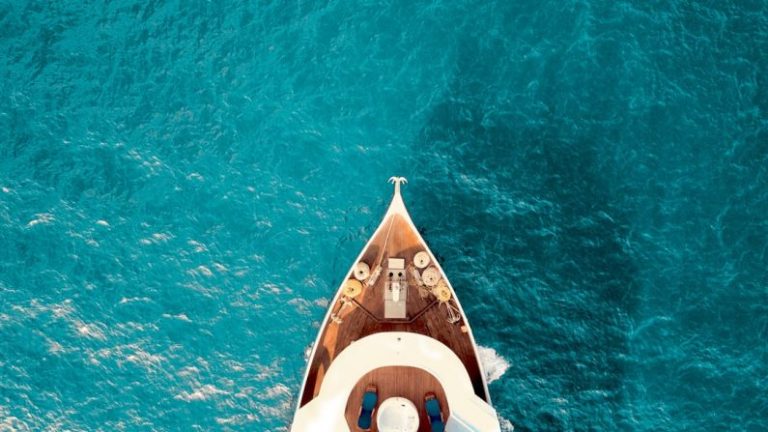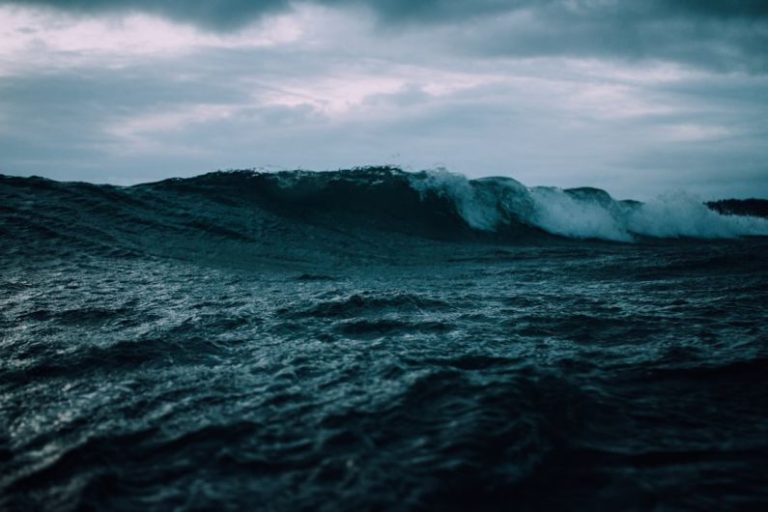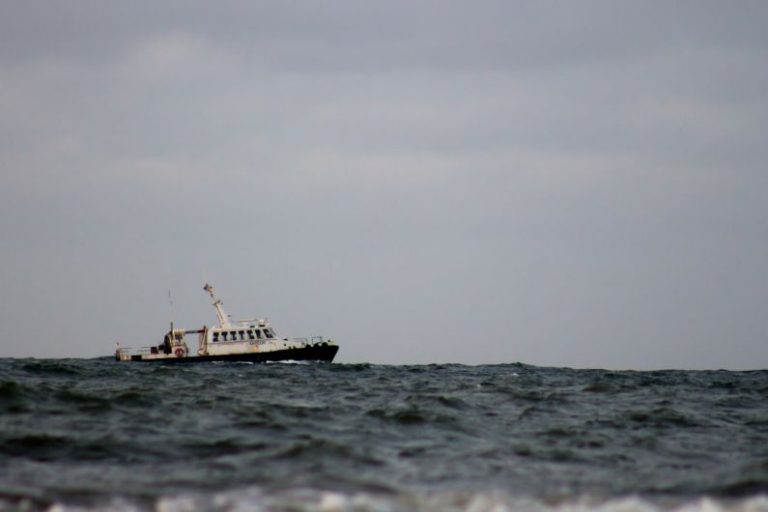Essential Navigational Tools Every Sailor Needs
Navigating the open waters can be a thrilling and rewarding experience for sailors, but it also requires precision, skill, and the right tools to ensure a safe journey. Whether you’re a seasoned sailor or just starting out, having the essential navigational tools on board is crucial for a successful voyage. From traditional instruments to modern technology, here are the must-have tools every sailor needs.
**Compass**
One of the oldest and most reliable navigational tools, a compass is a must-have for any sailor. A compass helps you determine your heading and provides a reference point for navigation. It is essential for maintaining the correct course, especially when visibility is poor or when relying on dead reckoning. Make sure to choose a quality compass that is durable and reliable, as it will be your trusted companion on the water.
**Charts**
Navigational charts are indispensable for plotting your course and avoiding hazards. These detailed maps provide information about water depths, navigational aids, shorelines, and other important features of the area you are sailing in. While electronic charts are becoming increasingly popular, having paper charts as a backup is essential in case of electronic failure. Familiarize yourself with reading and interpreting charts to navigate safely and effectively.
**GPS**
Global Positioning System (GPS) technology has revolutionized navigation for sailors by providing accurate position information anywhere on the globe. A GPS device can help you determine your position, track your route, and set waypoints for your journey. It is a valuable tool for pinpoint accuracy and can be used in conjunction with traditional navigation methods for added security.
**Sextant**
Although modern technology has made navigation easier, having a sextant on board is still important for traditional navigation skills and as a backup in case of electronic failure. A sextant is used to measure the angle between celestial bodies, such as the sun or stars, and the horizon to determine your position. While it requires practice and skill to use effectively, mastering the sextant can be a rewarding experience for sailors.
**Binoculars**
Binoculars are essential for spotting navigation aids, other vessels, and potential hazards from a distance. They help improve visibility and situational awareness while on the water, especially in challenging conditions. Look for marine-grade binoculars that are waterproof, fog-proof, and have a stable grip for use on a moving boat.
**Radar**
Radar technology is invaluable for navigating in low visibility conditions, such as fog or darkness, and for detecting other vessels or obstacles in your path. A radar system can help you track moving targets, determine their speed and direction, and avoid collisions. While radar is more commonly found on larger vessels, compact and affordable radar units are available for smaller boats as well.
**VHF Radio**
A VHF marine radio is a vital communication tool for sailors to contact other vessels, harbormasters, and emergency services in case of distress. It allows you to receive weather updates, navigation warnings, and communicate with other boats in your vicinity. Make sure to have a properly functioning VHF radio on board and be familiar with its operation and emergency procedures.
**Safety Equipment**
In addition to navigational tools, it is essential to have safety equipment on board to ensure a safe and enjoyable sailing experience. This includes life jackets, flares, a first aid kit, and other emergency supplies. Be prepared for any situation on the water and prioritize safety above all else.
**In Conclusion**
Navigating the open seas requires a combination of skill, knowledge, and the right tools to ensure a successful voyage. By equipping yourself with essential navigational tools such as a compass, charts, GPS, sextant, binoculars, radar, and VHF radio, you can navigate confidently and safely on the water. Remember to stay informed, practice good seamanship, and always prioritize safety while enjoying the beauty of the open waters.






